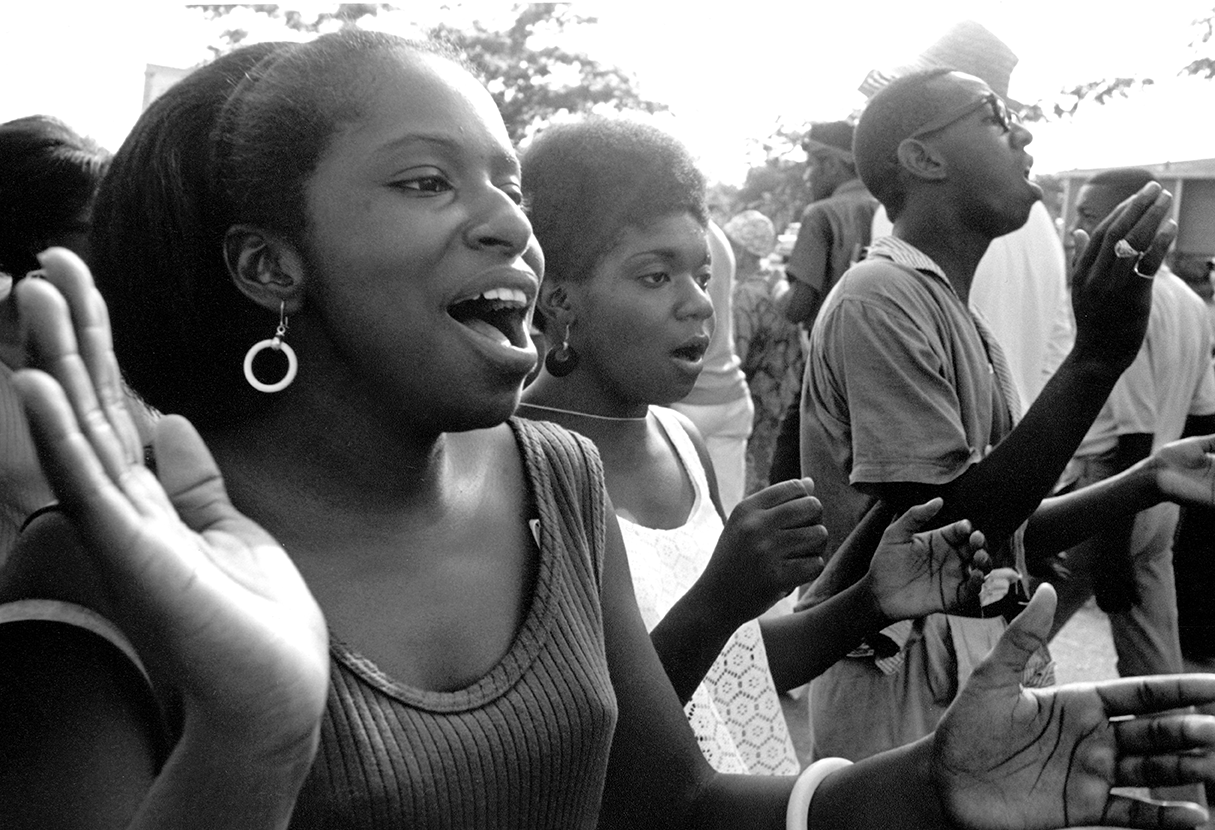The Joy Principle: Why Pleasure is Critical for Revolutionary Imagination
When you picture social movements, you probably see protest signs, tense meetings, grim determination. Serious faces doing serious work. Sacrifice as proof of commitment.
This vision is incomplete. Worse, it's strategic malpractice.
Joy—pleasure, play, delight—makes movements work better. Oppressive systems maintain power partly through force, partly through convincing us that alternatives are impossible. They make transformation feel heavy, overwhelming, joyless. A grind you have to survive rather than a world you want to live in.
Bringing pleasure into organizing counters this. When we experience joy in the work, we practice freedom in present tense. We build movements people want to stay in because the work feels life-giving. We expand our imagination past what rational analysis allows.
Neuroscience backs this. Joy and play make brains more flexible, better at creative problem-solving. Positive emotions broaden perception of what's possible. Pleasure creates stronger bonds than shared suffering ever could. This is biology, not sentiment.
Movement History Is Joy History
The Civil Rights Movement wasn't just marches and speeches. Freedom songs created collective effervescence. Church gatherings mixed celebration with organizing. Youth movements incorporated dance and fashion. The work was deadly serious and joyful at once.
ACT UP transformed political protest through die-ins that combined urgent messages with theatrical play. Visually striking actions that made resistance irresistible, memorable, contagious.
These movements understood something fundamental: transformation requires embodying the world you want to create. If you're fighting for a liberatory future, practice that liberation now.
Play as Strategic Tool
Incorporating joy doesn't mean treating serious issues lightly. It means using play to imagine solutions you couldn't think your way to. Creating spaces where people can experiment with different ways of being together. Making the path to liberation feel liberatory.
Begin strategy meetings with movement and music because it gets people thinking with their whole selves, not just their analytical minds. Create beautiful organizing spaces because beauty helps us imagine beautiful futures. Incorporate celebration into actions as part of the work itself, not a reward after.
Transformation Through Pleasure
Joy transforms how we work on multiple levels:
Personally: Helps us recover from trauma, build resilience, stay in the fight longer.
Collectively: Creates stronger bonds, more sustainable organizations, cultures people want to be part of.
Strategically: Develops more creative solutions, more compelling visions, more magnetic movements.
Crisis Demands Joy
Some argue that crisis means we can't afford to focus on joy. Crisis is precisely when we need the regenerative power of pleasure most. Joy doesn't distract from urgent work. It makes that work more effective and sustainable. It helps us recover from hard moments and imagine past them.
Consider how movements would shift if we centered pleasure:
Meetings would incorporate bodies and movement, not just minds and words. Actions would engage all senses, not just visual and verbal messaging. Strategy would emerge from play and experimentation, not just analysis and planning.
Permission to Want More
Creating joyful movements starts with permission. Permission to want more than survival or success. Permission to recognize that pleasure itself is revolutionary in a system designed to deaden and disconnect us. Permission to understand that joy is practice, strategy, and preview of the world we're building.
This requires trust. Trust that pleasure makes work more effective. Trust that we deserve joy now, not just in some distant utopia. Trust that joyful movements are more powerful movements.
The future we're fighting for is full of pleasure, play, possibility. Our movements should reflect that future now.
The revolution will be joyful, or it won't sustain itself long enough to win.
Want to explore how to make your transformation work more joyful? Contact us to learn how we can help.
